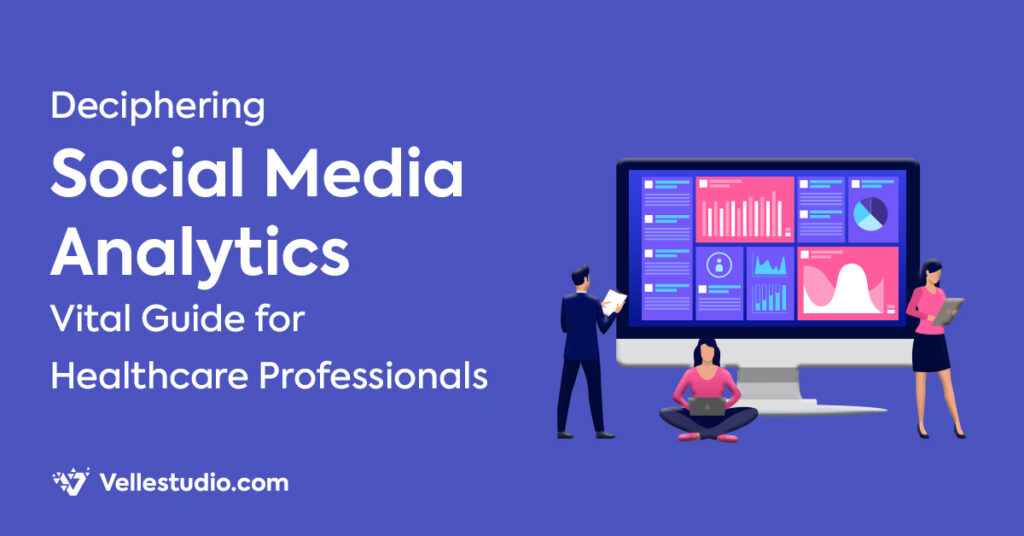Deciphering Social Media Analytics: A Vital Guide for Healthcare Professionals

Unveiling the Significance of Social Media Analytics for Healthcare Professionals
Insight into Patient Preferences
Social media analytics offer valuable insights into patient demographics, preferences, and behaviors, enabling healthcare professionals to tailor their content and messaging to resonate with their target audience.
Measure Engagement and Impact
By tracking metrics such as likes, shares, comments, and click-through rates, professionals can gauge the effectiveness of their social media efforts and measure the impact of their content on audience engagement and brand visibility.
Inform Content Strategy
Analyzing social media analytics allows professionals to identify high-performing content types, topics, and formats, empowering them to optimize their content strategy for maximum reach, relevance, and resonance.
Key Metrics in Healthcare Social Media Analytics
Reach and Impressions
Measure the size and scope of your audience reach, as well as the number of times your content is viewed or displayed on social media platforms.
Engagement Rate
Evaluate the level of audience interaction with your content, including likes, shares, comments, and reactions, to gauge overall engagement and sentiment.
Click-Through Rate (CTR)
Track the percentage of users who click on links or calls-to-action (CTAs) within your social media posts, providing insights into content relevance and effectiveness.
Audience Demographics
Understand the demographics of your social media audience, including age, gender, location, and interests, to better tailor your content and messaging.
How Healthcare Professionals Can Leverage Social Media Analytics
Set Clear Objectives
Define your goals and objectives for social media engagement, whether it's increasing brand awareness, driving website traffic, or fostering patient education and engagement.
Choose the Right Platforms
Identify the social media platforms frequented by your target audience and focus your efforts on platforms where your presence will have the greatest impact.
Regularly Monitor and Analyze
Dedicate time to regularly monitor and analyze your social media analytics, identifying trends, patterns, and opportunities for optimization.
Iterate and Adapt
Use social media analytics to inform iterative improvements to your content strategy, messaging, and engagement tactics, continuously refining your approach based on audience feedback and performance metrics.
